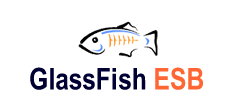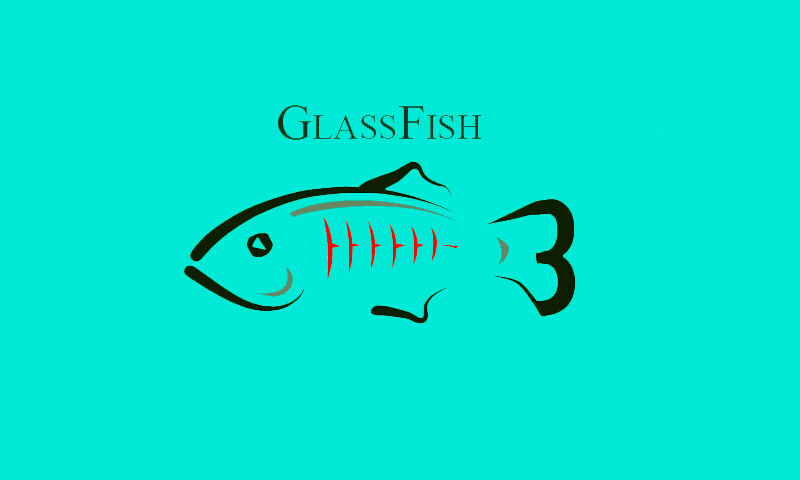

The famous Oracle-Sun merger in early-2010 changed the rules. Leading the field by continuously delivering technical innovation and driving specifications on the JCP had always been BEA Systems with their WebLogic server, but the release of GlassFish 2.1 was in more or less direct competition with Oracle’s and IBM’s WebSphere product line.

With increasing uptake on Java EE technologies, GlassFish became a solid alternative for even the most attractive and performant commercial application servers. All this happened a year and a half after Oracle completed its acquisition of BEA Systems. Developers got attracted to both the new Java EE 6 specification, which finally improved development productivity and ease of use, establishing convenient handling and administration as well. GlassFish’s main competitor back in the day was the extremely lightweight Apache Tomcat. It contained the completely rebuilt OSGi foundation created on Apache Felix and delivered an awesome developer experience by cutting down startup-times, providing hot-deployment and preserving http sessions across development redeployments. Sun released the first Java EE 6 compatible version carrying the famous “v3” as the version number. Initially named SJAS, it became Sun GlassFish Enterprise Server with the Version 2.1 in mid-2009. Historically, GlassFish has always been backed up by a commercial distribution.
#Coldfusion glassfish free
For the very first time in history, developers were able to meaningfully contribute to the application server creation process.Ī Free and Fast Competitor to Oracle and IBM With this donation, developers from all over the world could access source code, nightly builds, discussion groups, and mailing lists. The joint goal was to encourage communication between Sun & Oracle engineers and the community, enabling all developers to participate in the application server development process along with the JCP.
#Coldfusion glassfish code
It was based on the source code for the Sun Java System Application Server (SJAS) PE 9, which was donated to the community by Sun Microsystems along with Oracle’s donation of TopLink persistence code. GlassFish came a long way, starting as a Sun Microsystems Inc. Officially, the tool we all know as “GlassFish” is really GlassFish Open Source Edition, which is Oracle’s GPL/CDDL-licensed Java EE application server.

Chapter V: Summary, Conclusion and Goodbye Comic -)Ĭhapter I: A little history of GlassFish "This announcement and Oracle's 'optimizations' is the perfect opportunity for other vendors like TomEE (with commercial support by Tomitribe), Wildfly (supported by Red Hat) or WebSphere Liberty Profile (supported by IBM), to step in." - Adam Bien, In his Blog.Chapter IV: Getting the rest of your environment back online (repository, IDE, CI server and frameworks).

Chapter III: Setting up your Java EE Specifications/Implementations: EJB, CDI, JSF and JPA.Chapter II: Migrating your application ecosystem from GlassFish.Chapter I: A little history of GlassFish.We look at all the options, make suggestions and take you through the process. In this post, we offer up a little history of GlassFish before jumping into a tutorial on migrating from GlassFish to another application server.


 0 kommentar(er)
0 kommentar(er)
